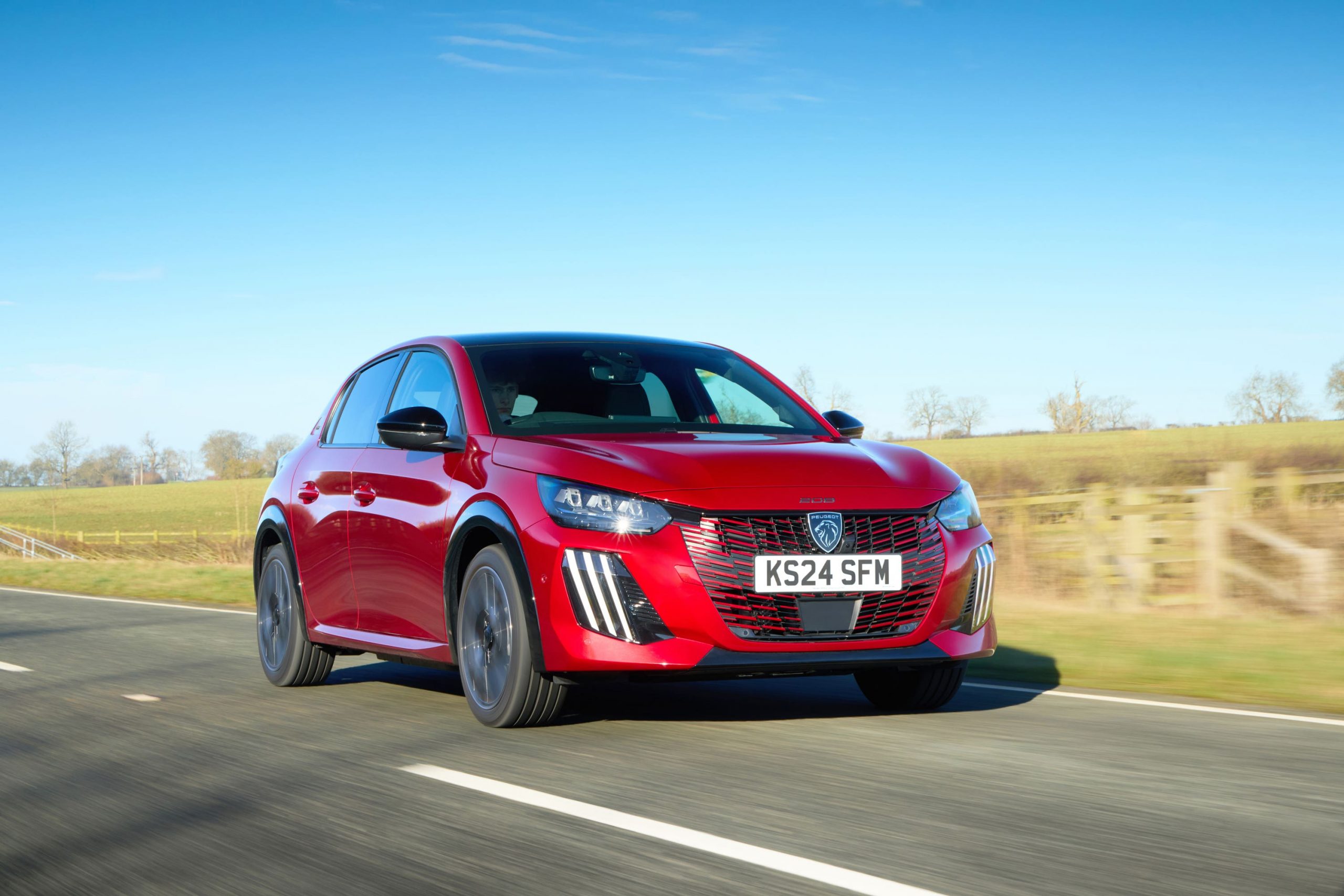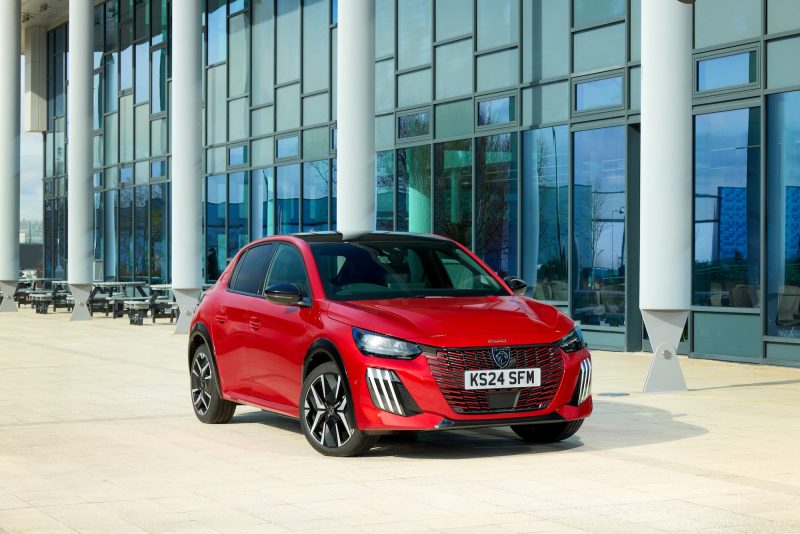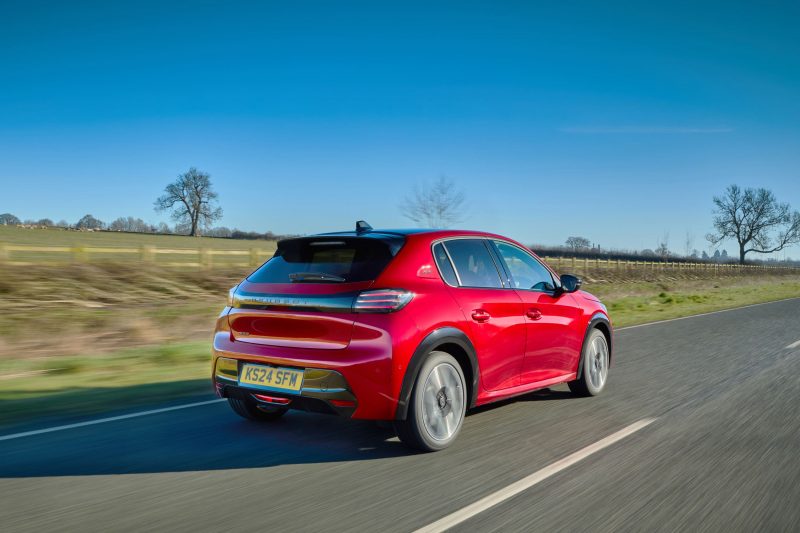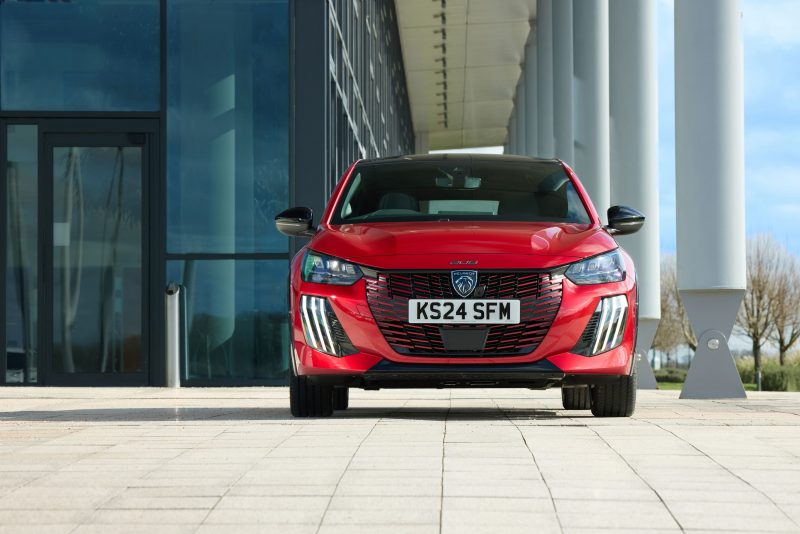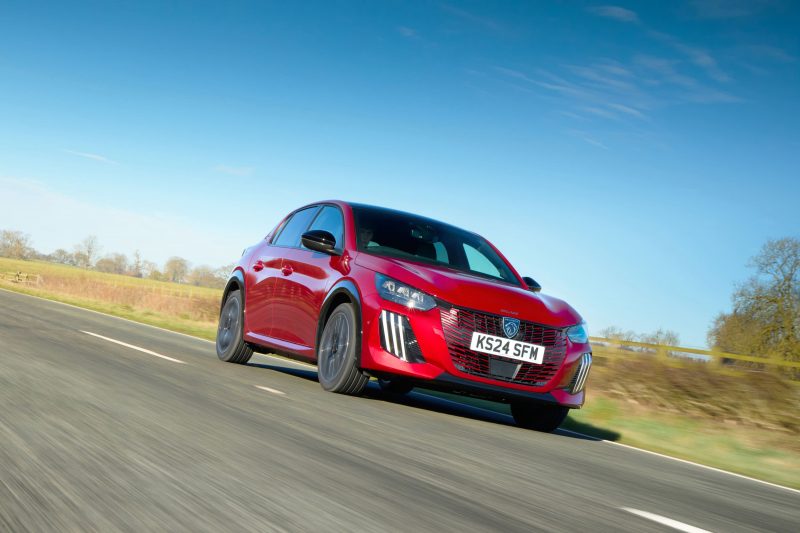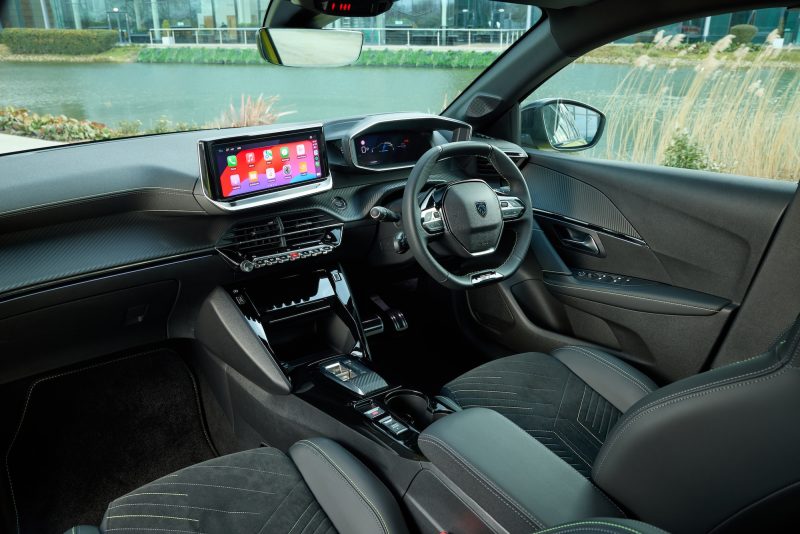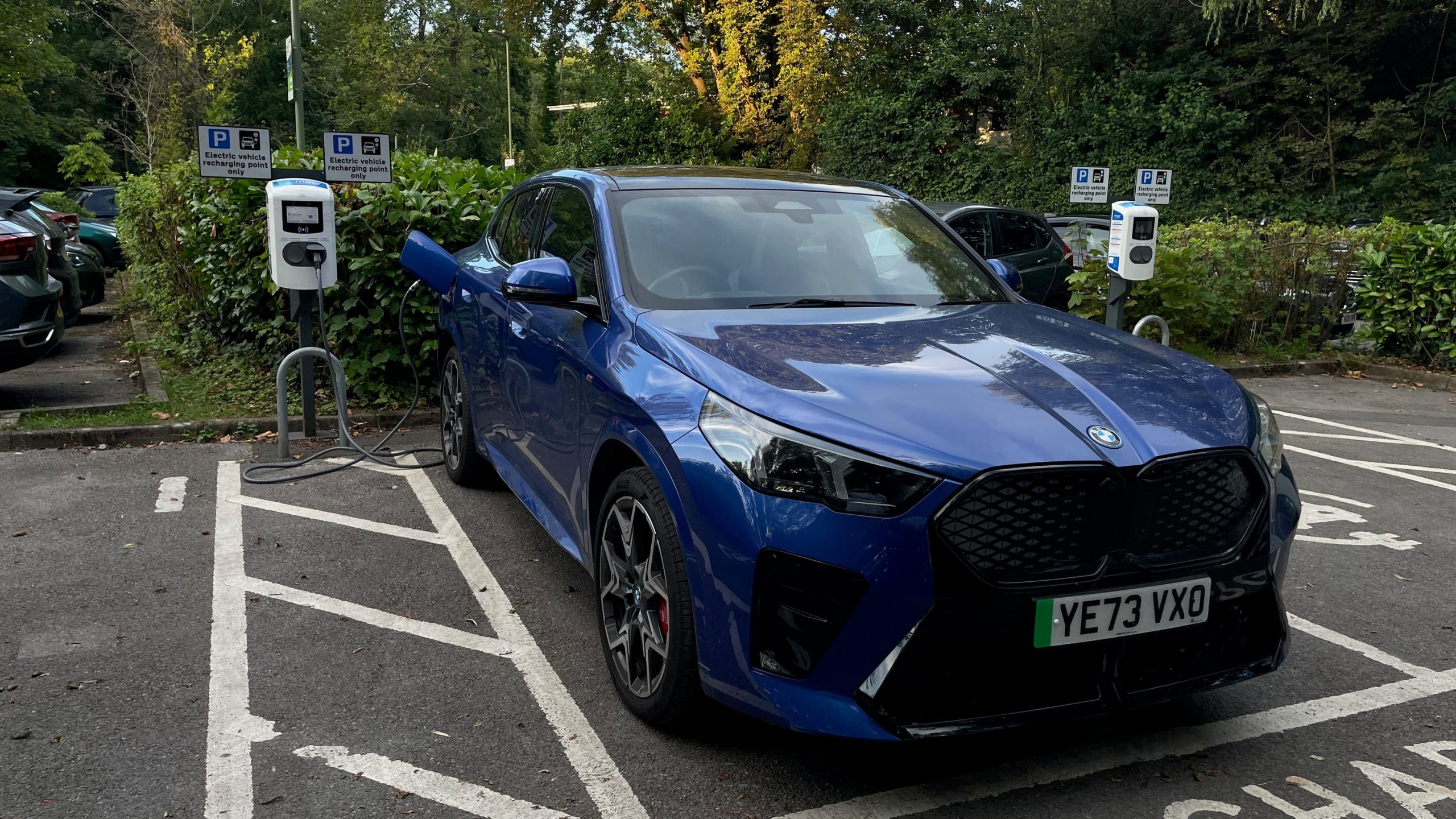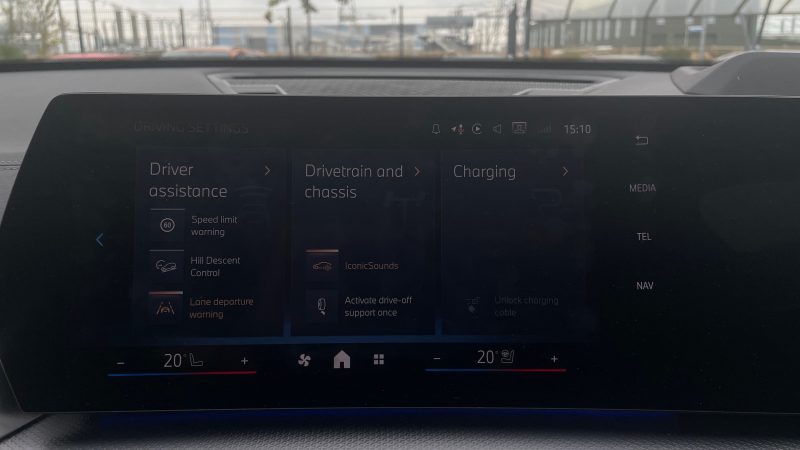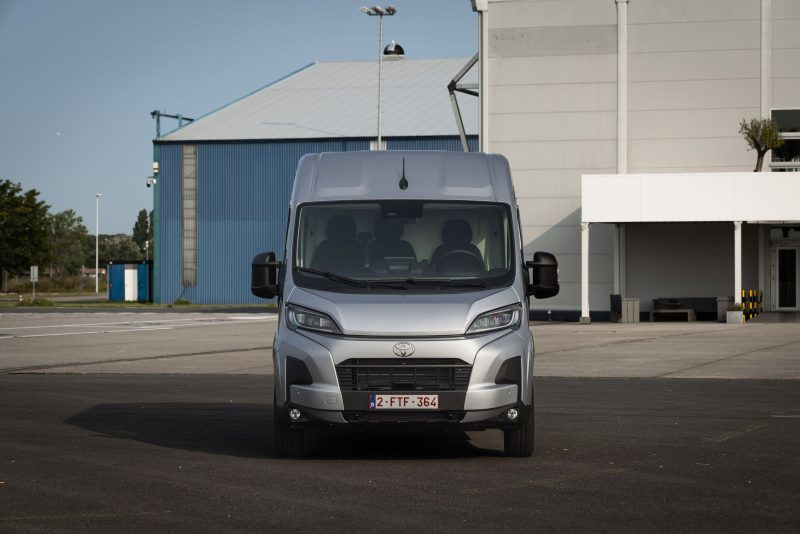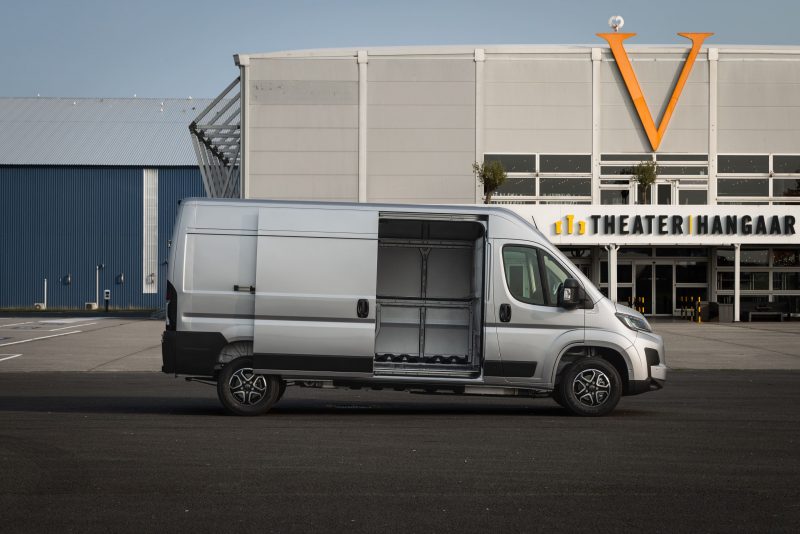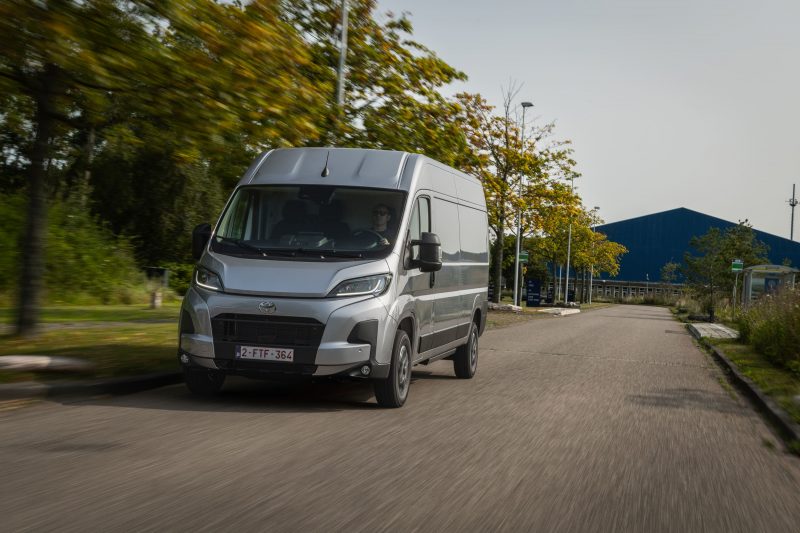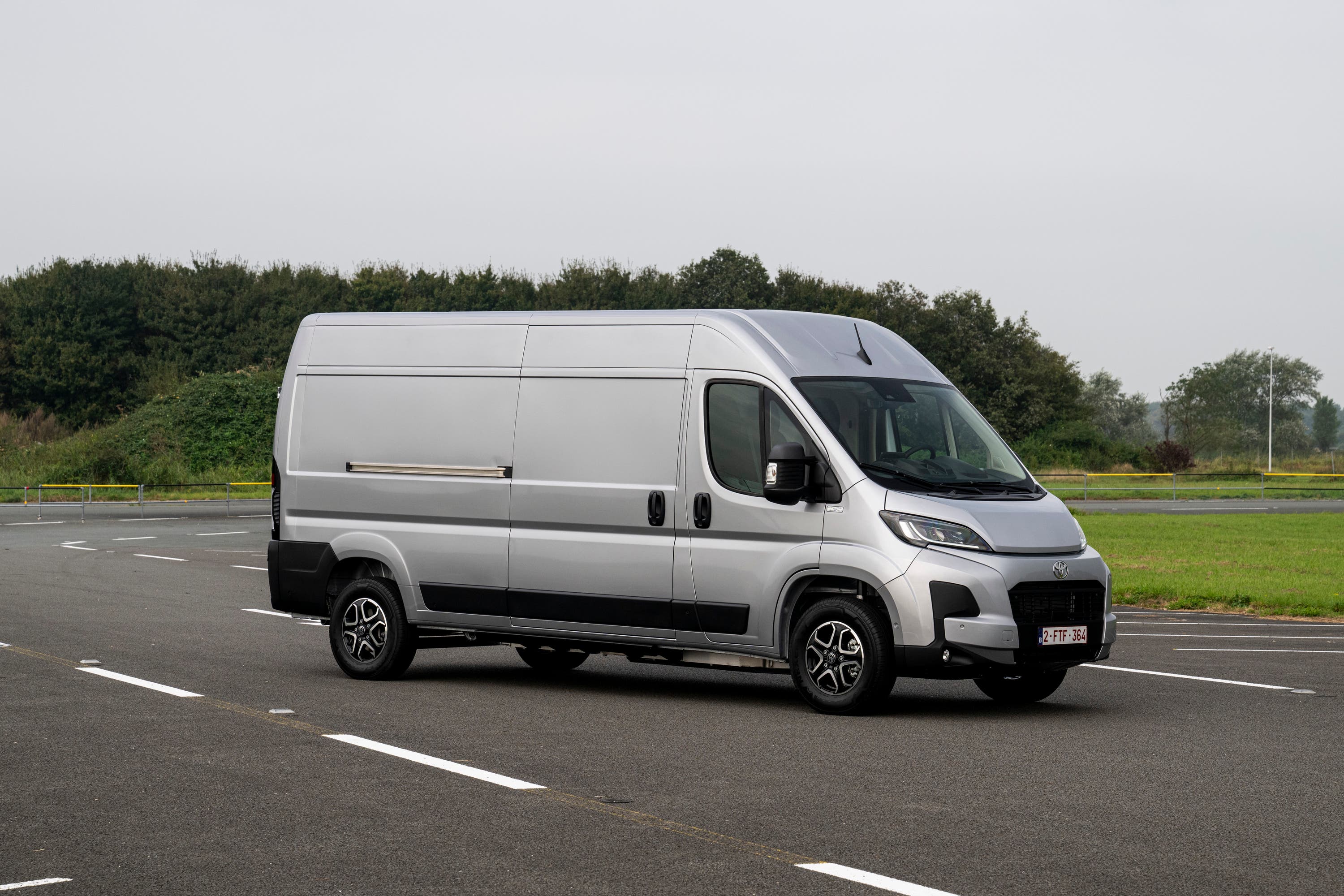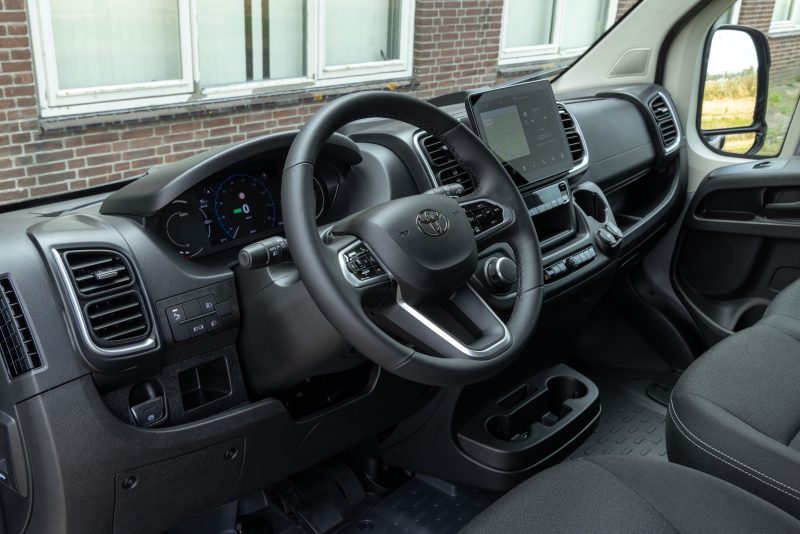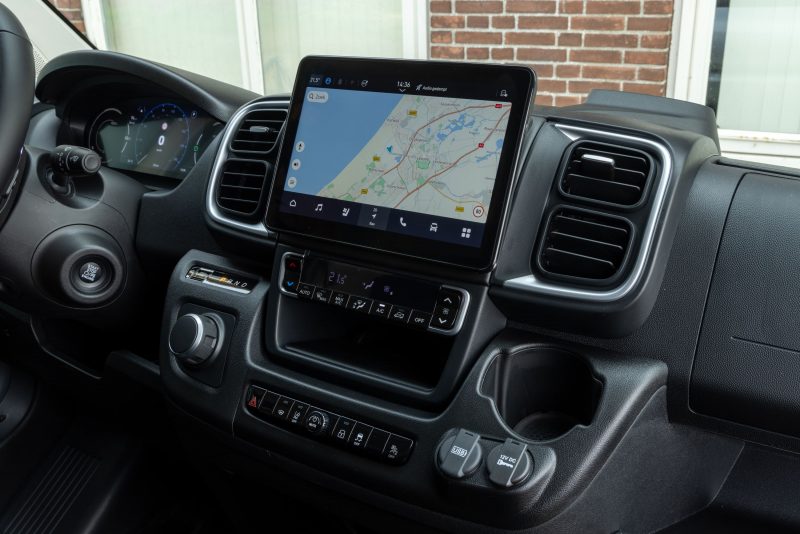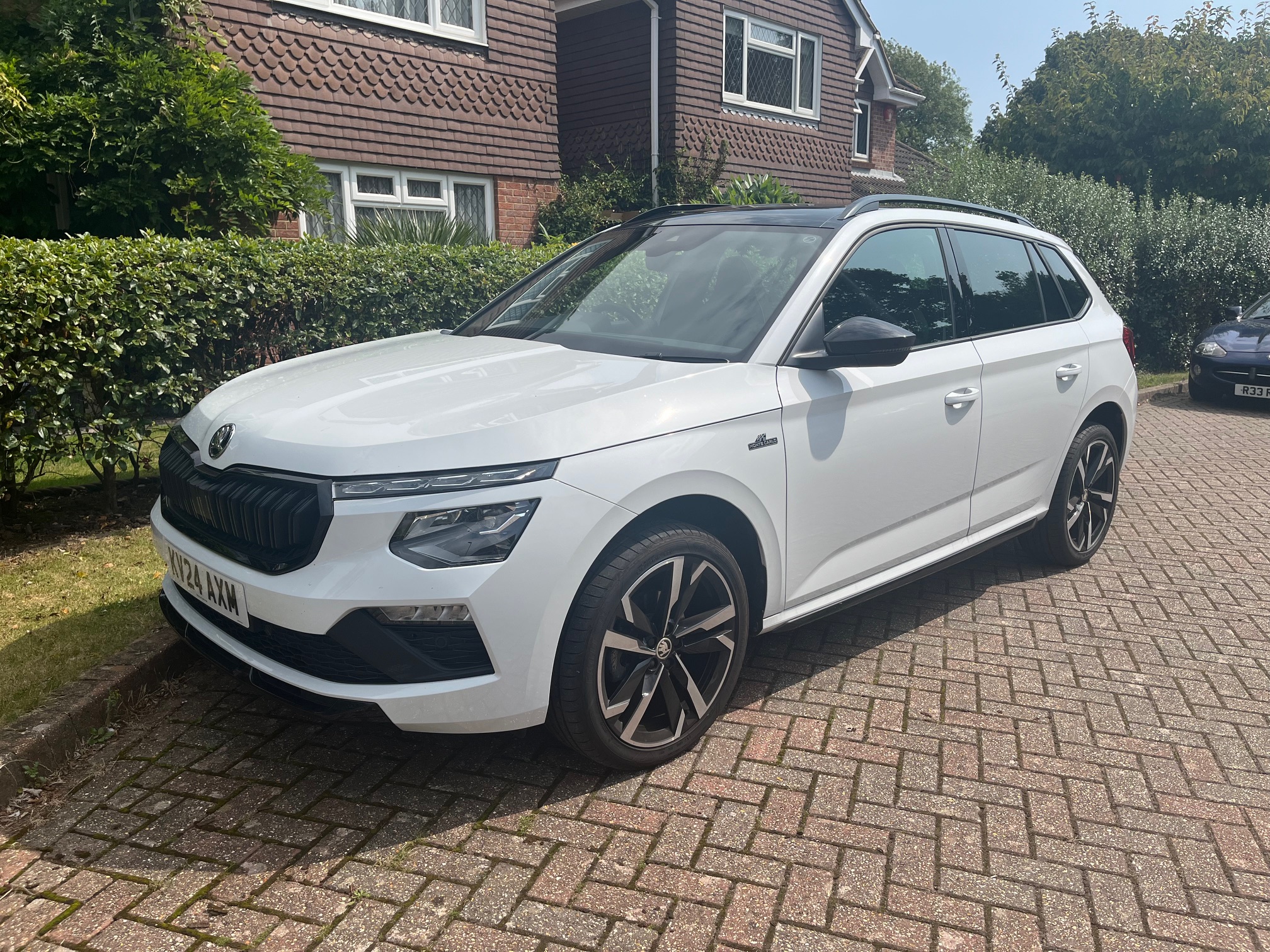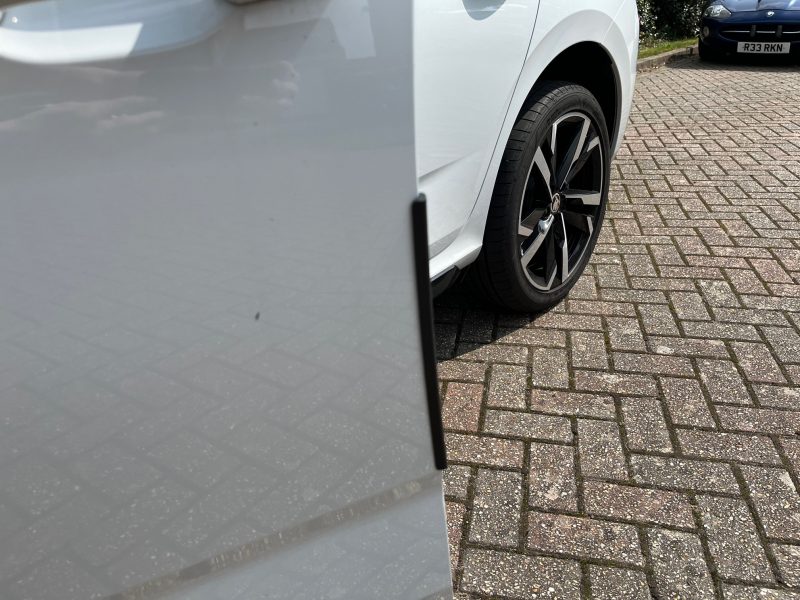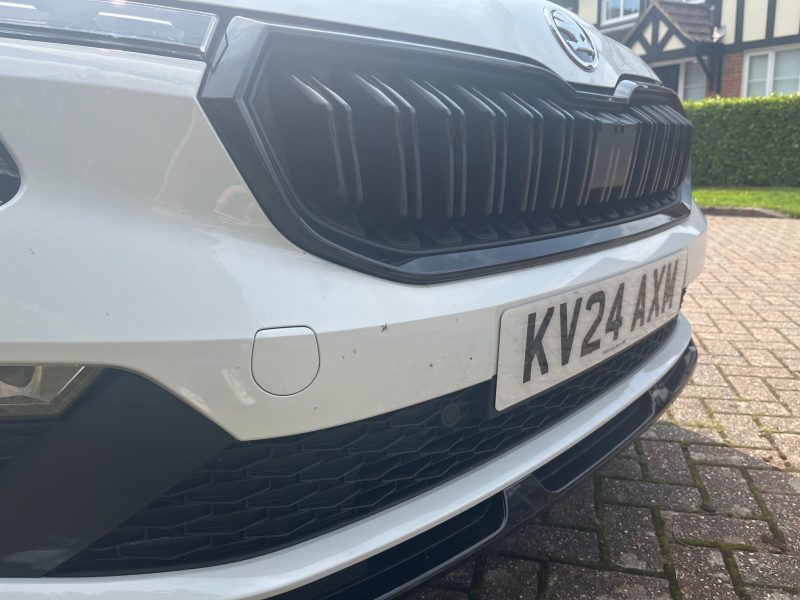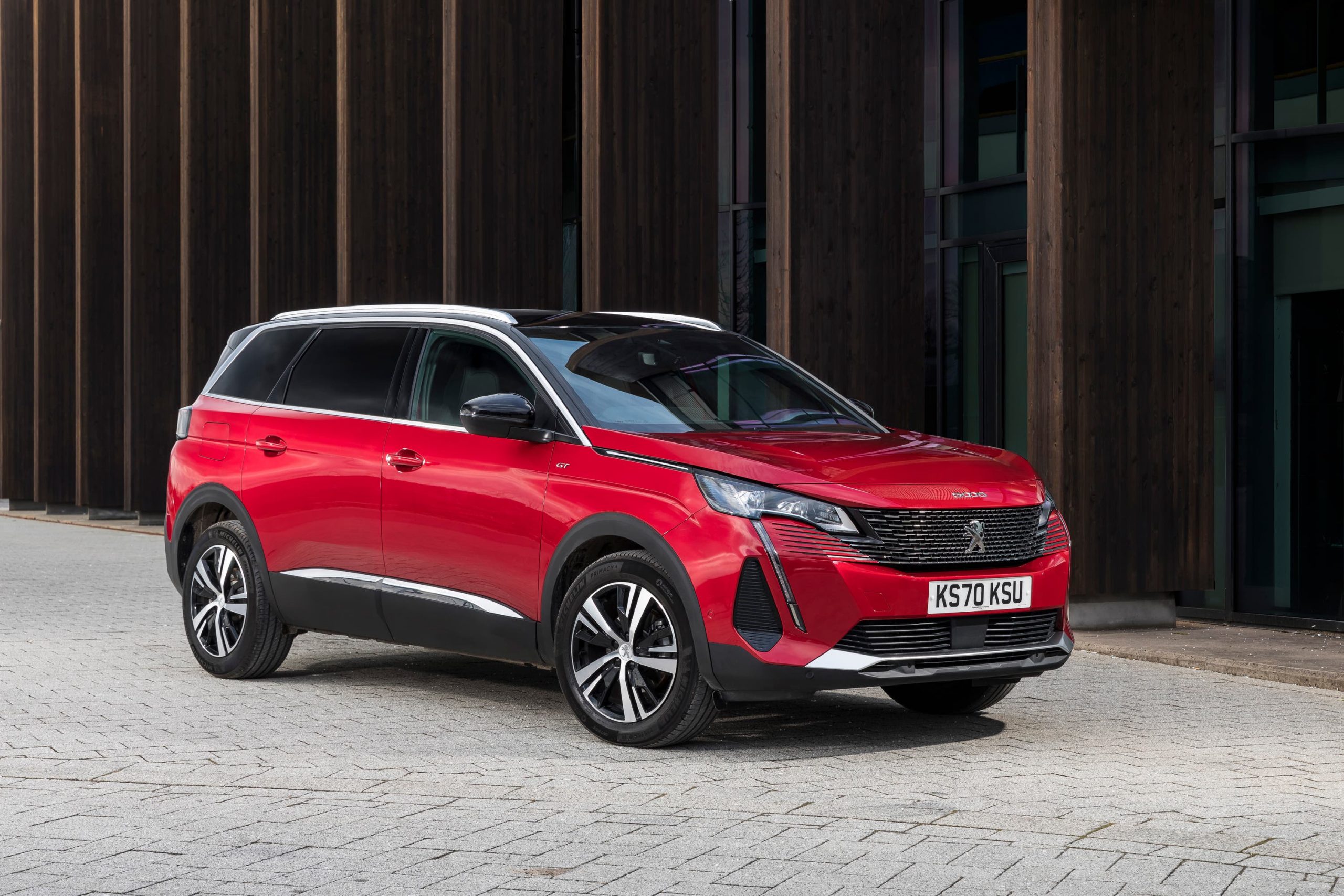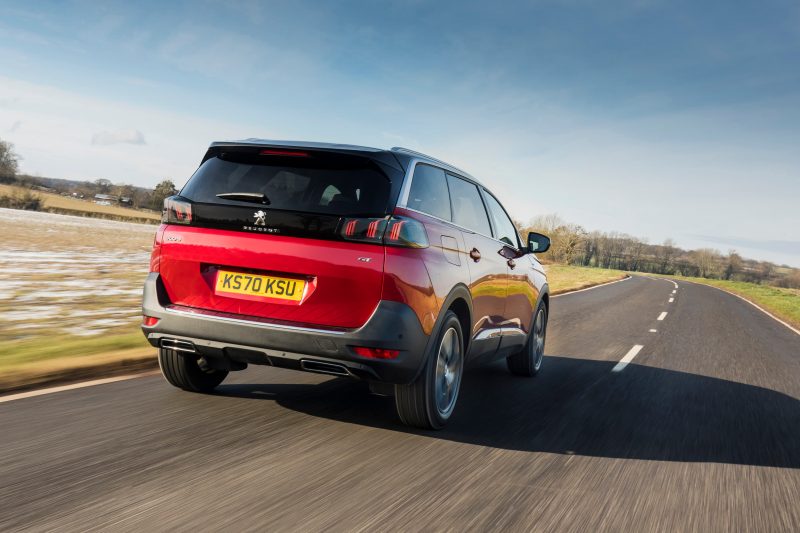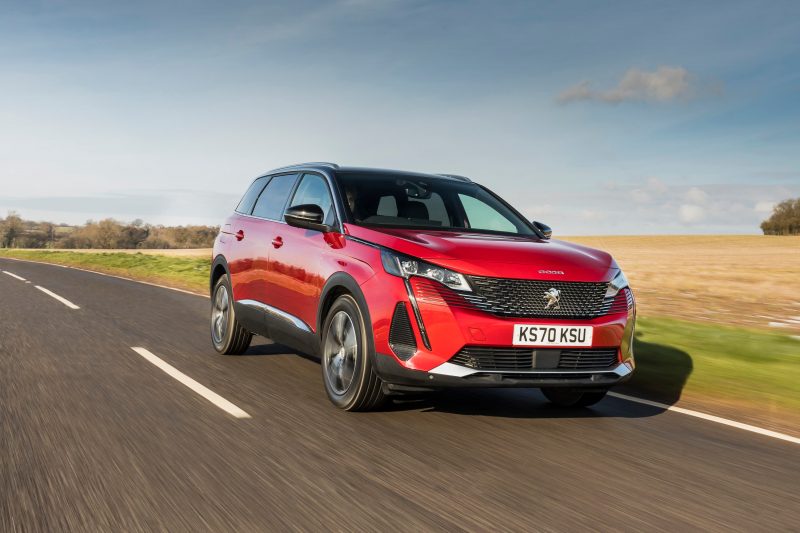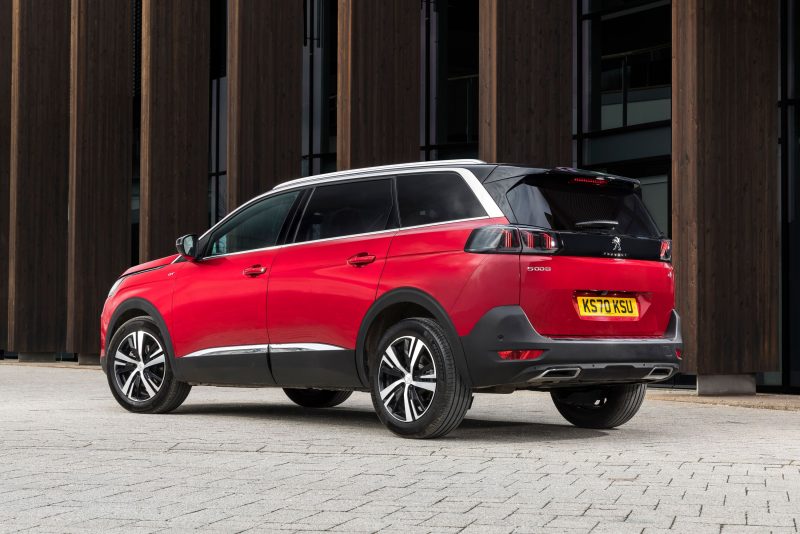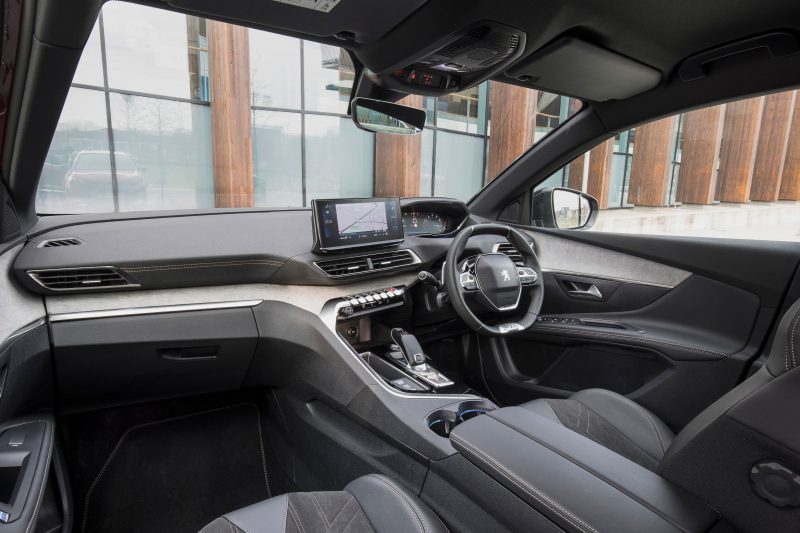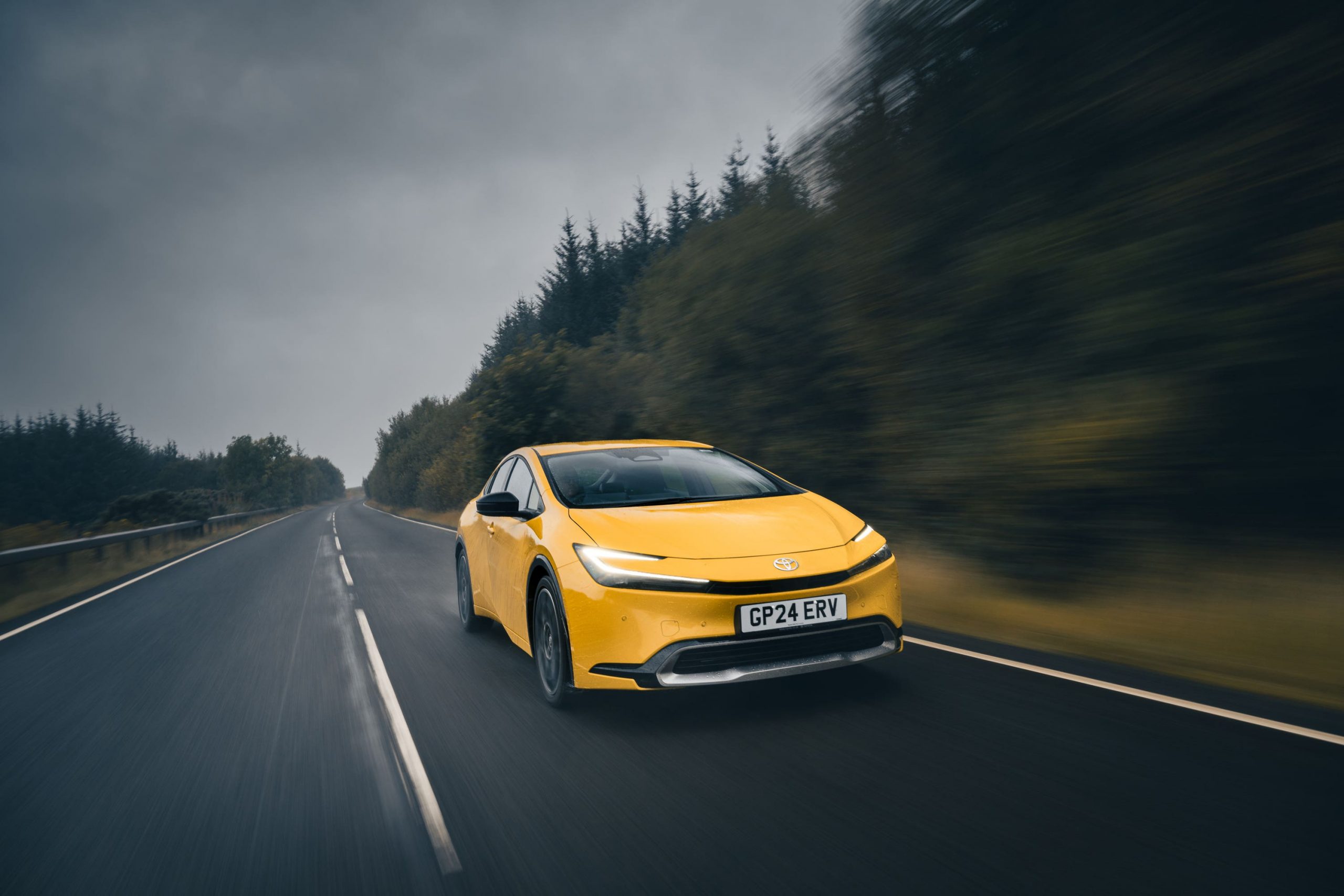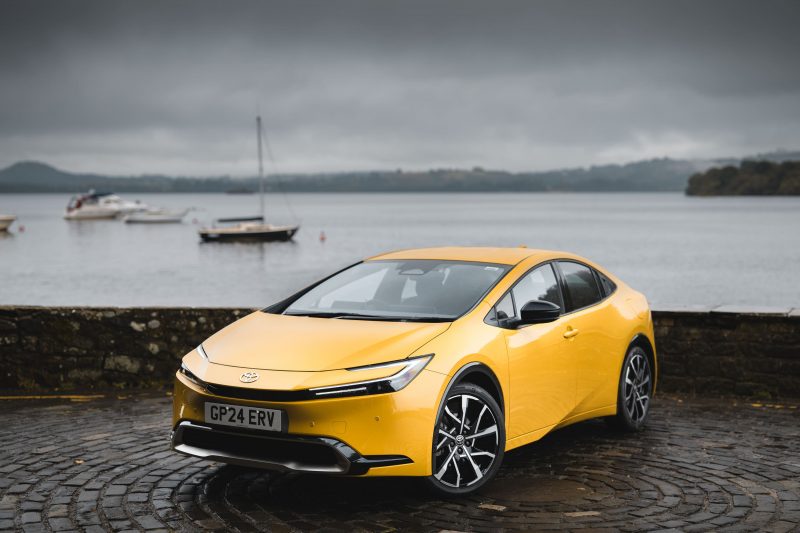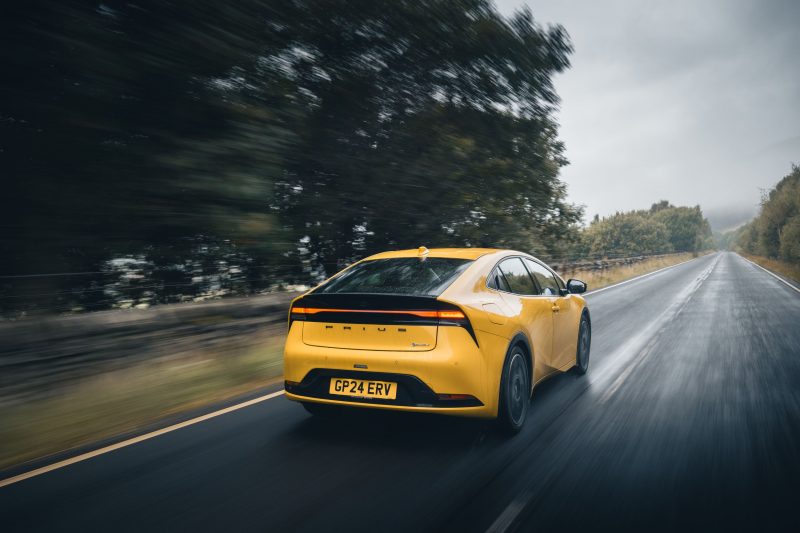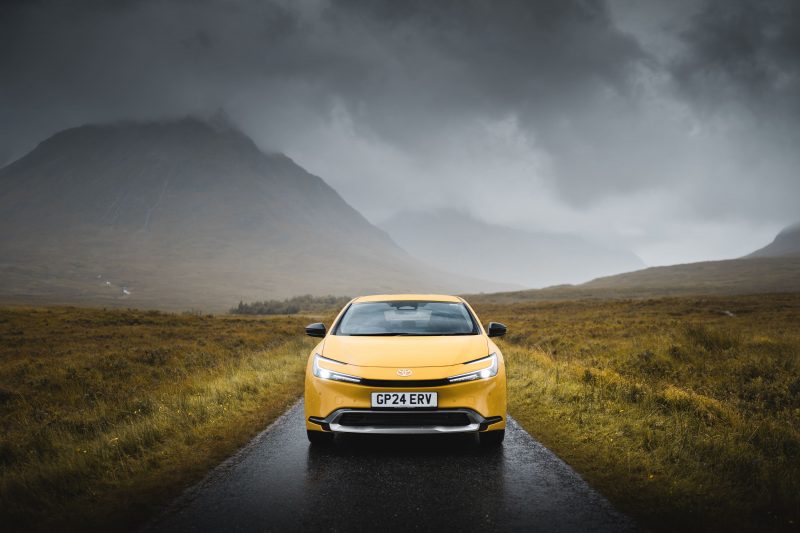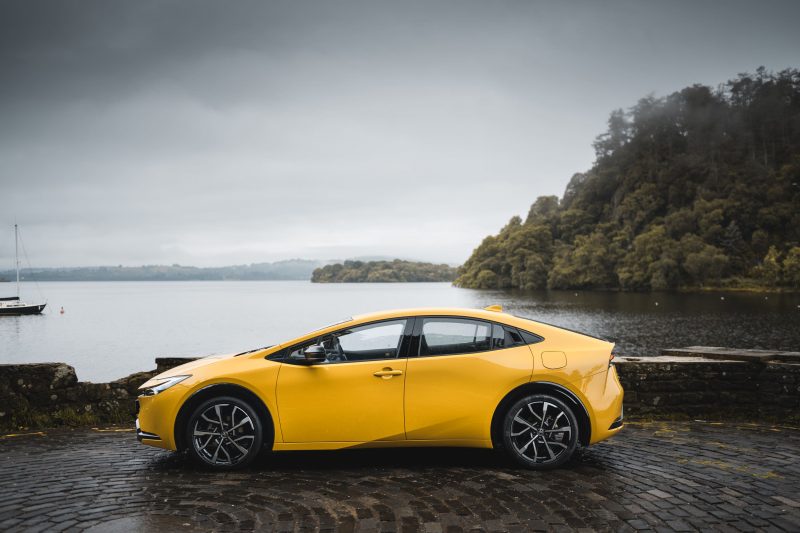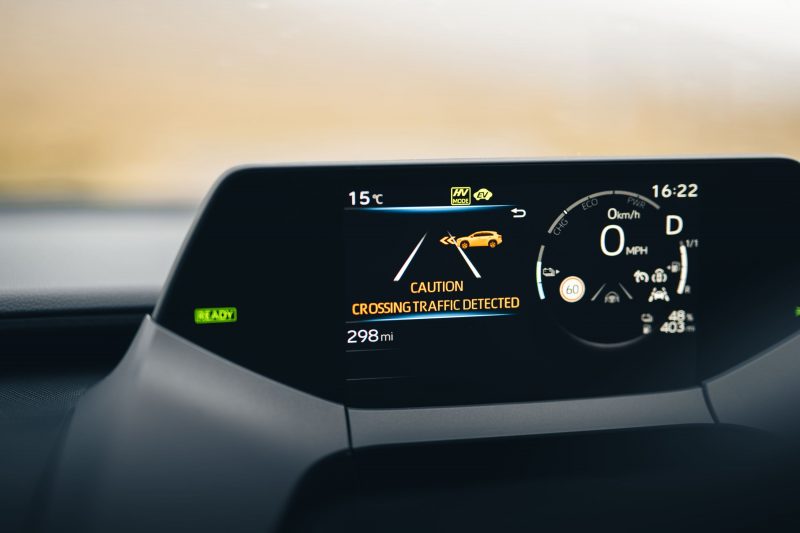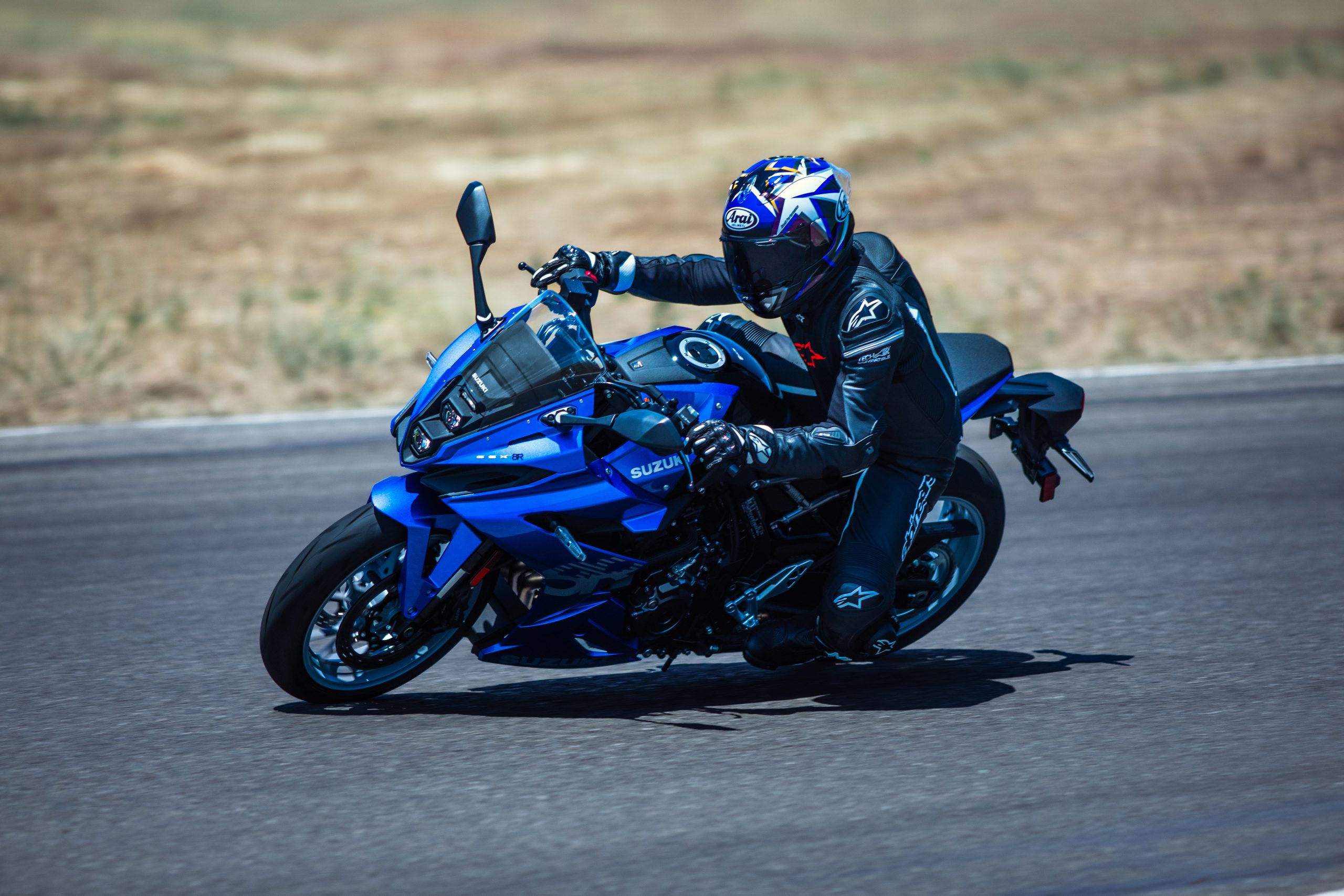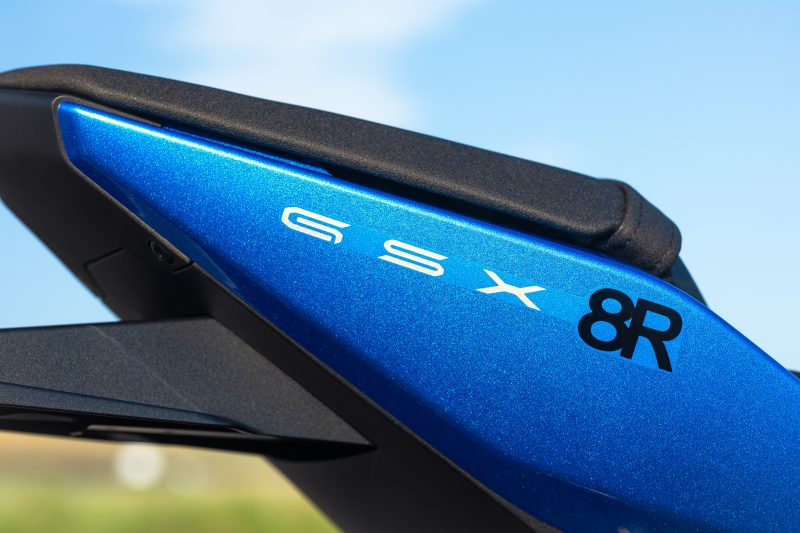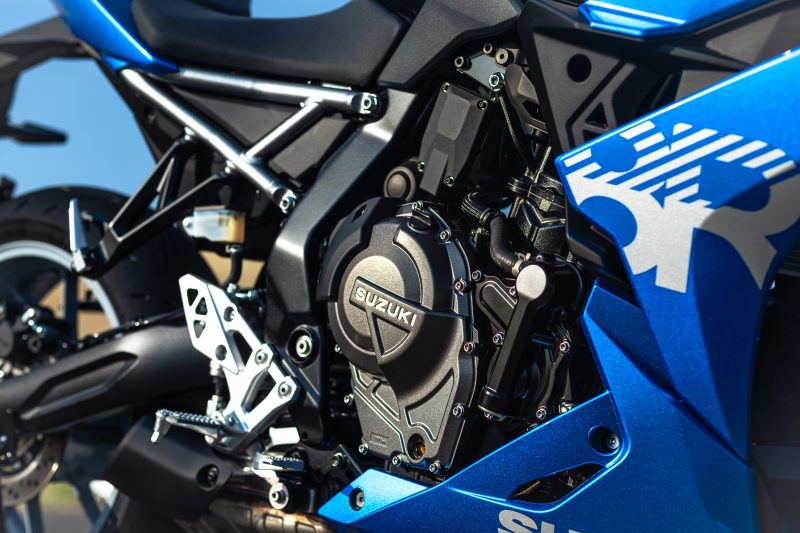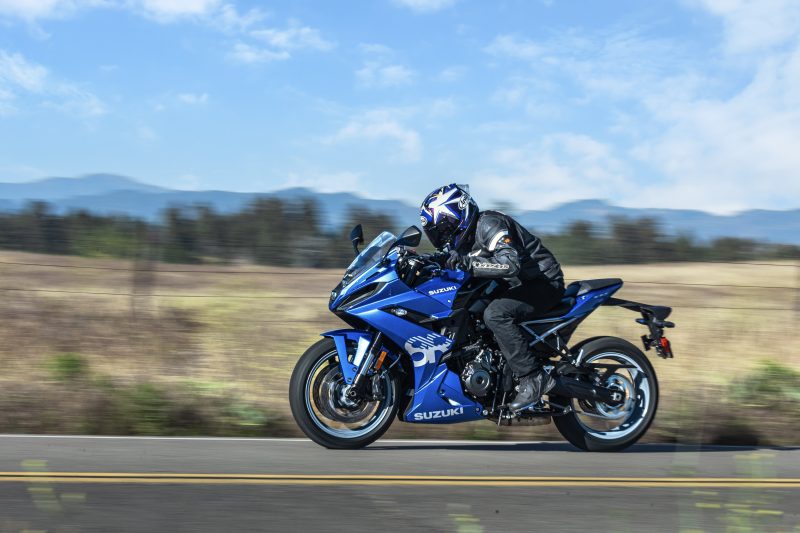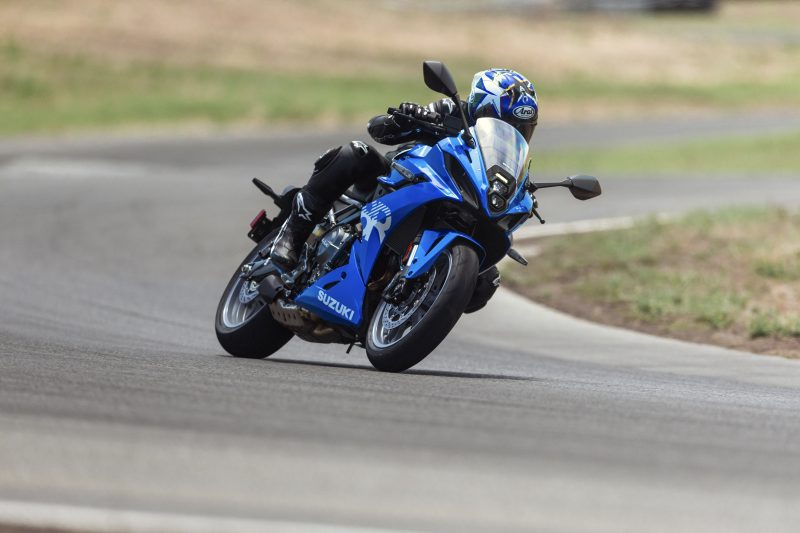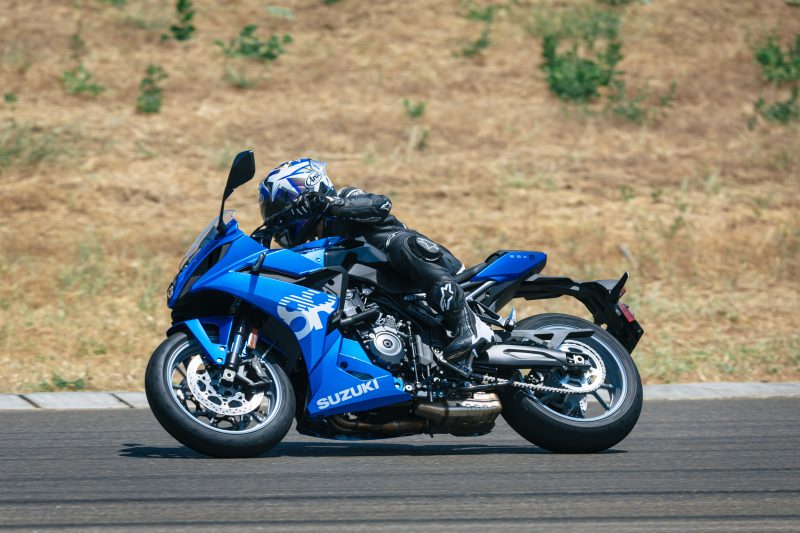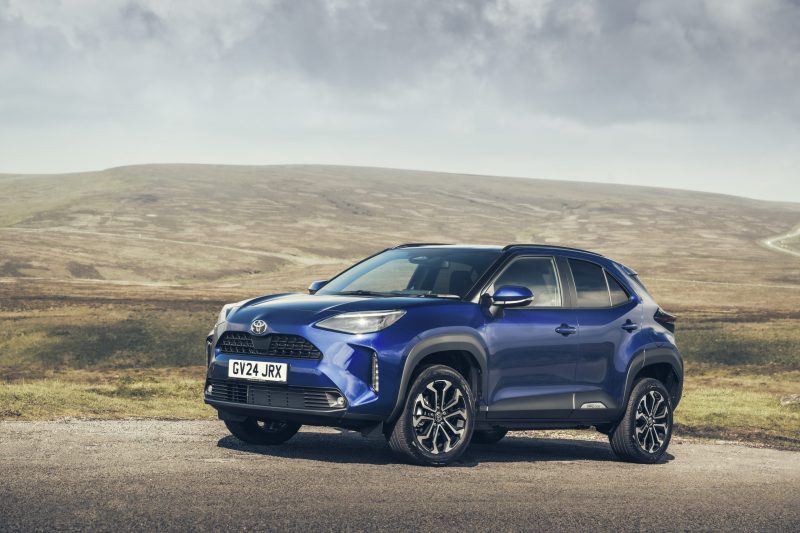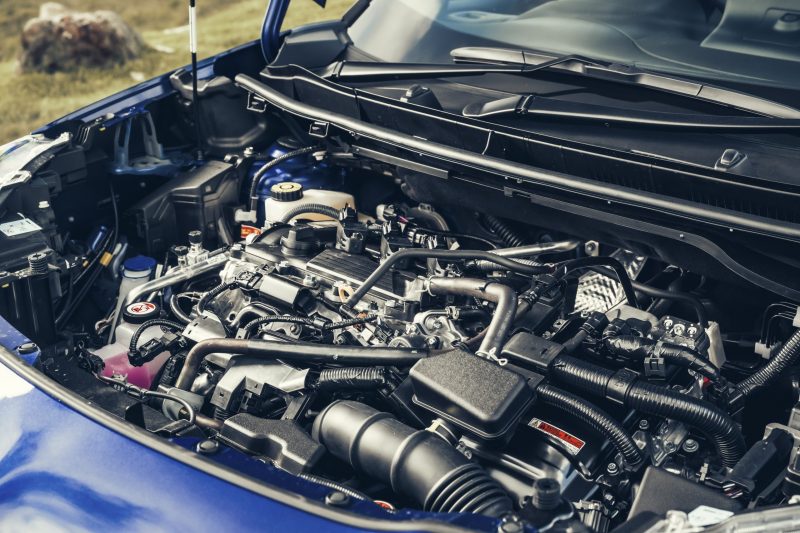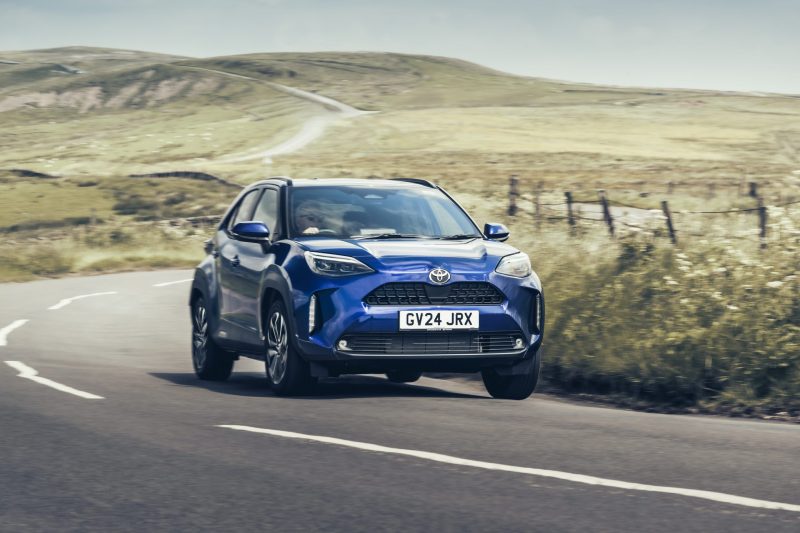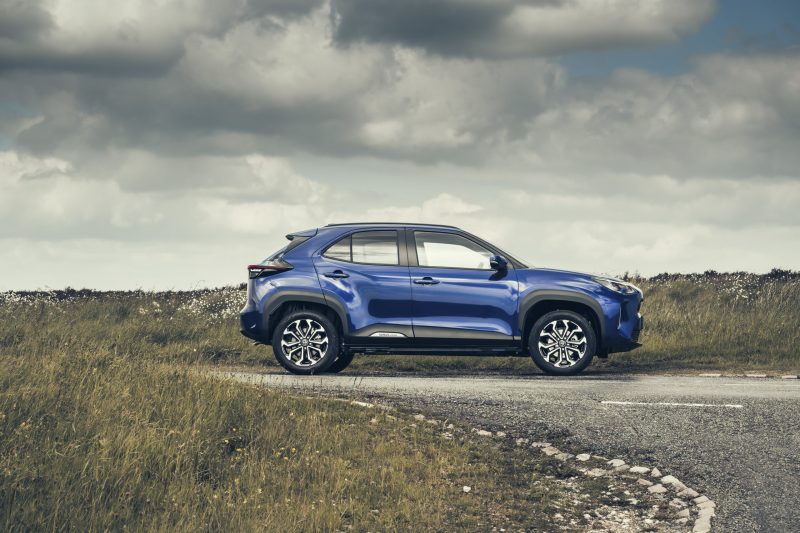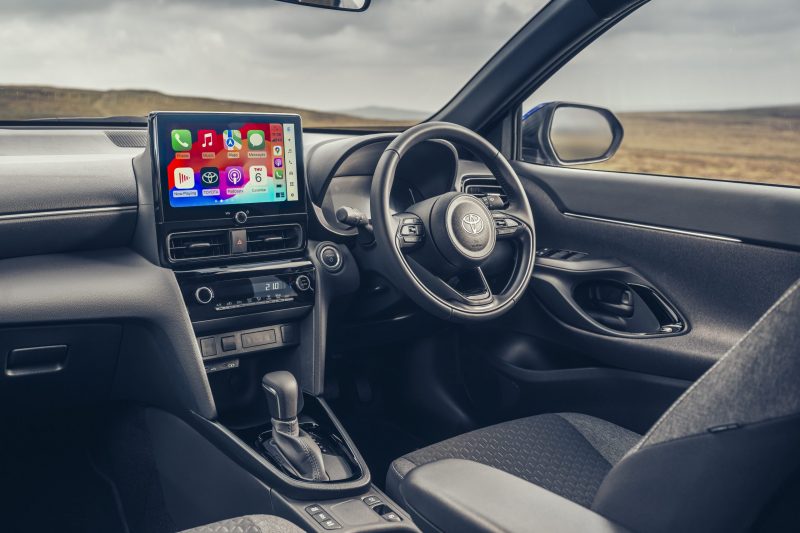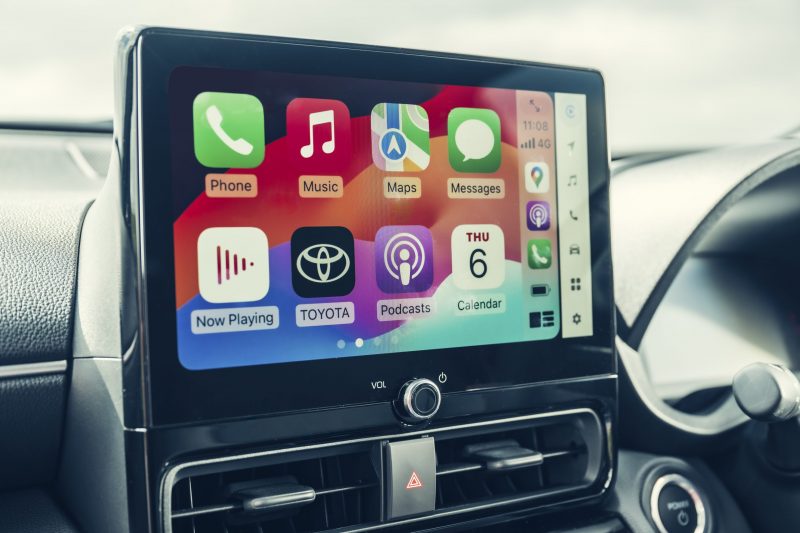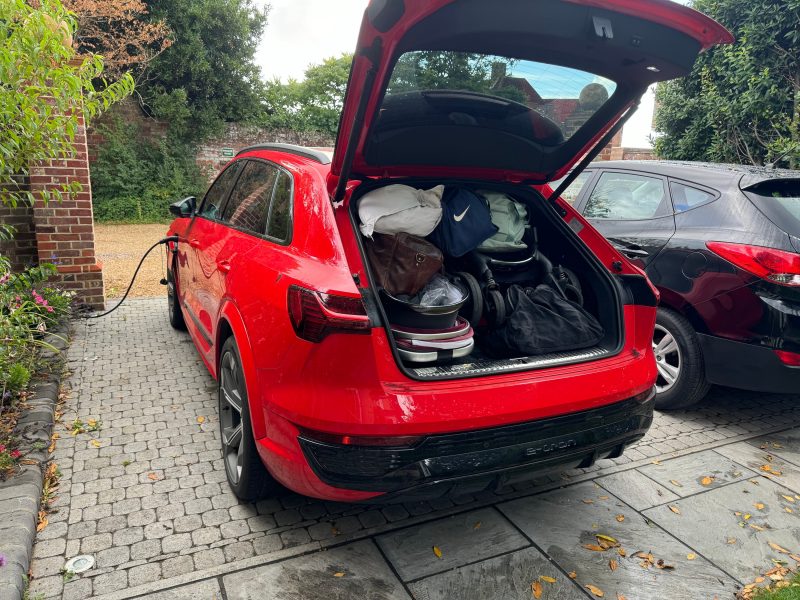The X3 is one of BMW’s most popular SUVs, but can a new version bring extra appeal? Jack Evans has been finding out.
What is it?

BMW’s X3 has always been a car to break new ground. Back when the first generation model arrived in the early 2000s, it became the first ‘Sports Activity Vehicle’ of its type, blending the off-road-inspired look of a proper four-wheel-drive with the on-road dynamics that would help it to be easier to live with day-to-day. Across three generations, it has grown and evolved, developing a key role in the BMW’s line-up.
Now, the fourth-generation X3 is with us, bringing some of BMW’s latest technology alongside a slight growth spurt which should help to make it even more practical than the car it replaces. We’ve been driving it out in Germany to see just what it’s like.
What’s new?
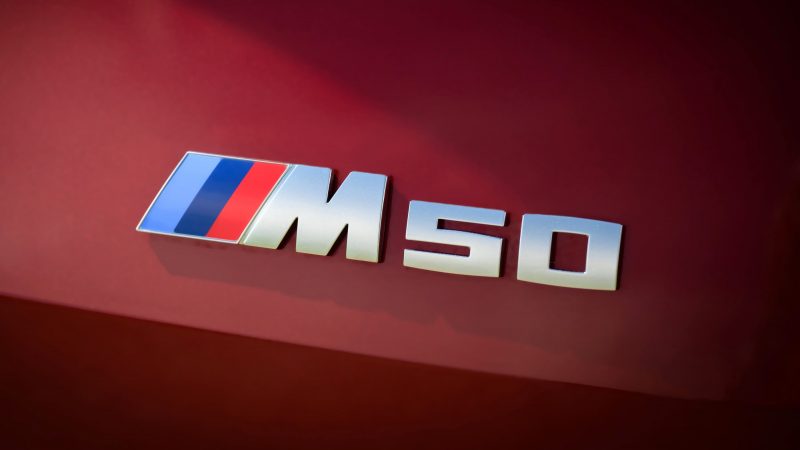
From the outside, this new X3 looks significantly different to the car it takes over from. It’s a far more rounded affair, with a bonnet which stretches right over the nose of the car to create quite an impactful-looking car. It’s certainly not the most controversial of designs that we’ve seen from the Bavarian brand in the last few years, but it’s a look which will definitely get people talking all the same.
It’s a physically bigger car than before, too, having been stretched by 34mm and widened by 29mm yet because it’s lower, the whole effect is to make a car which looks sleeker overall. The good news is that the increase in size means it’s more practical than before; boot space has risen by 20 litres to a decent 570 litres, or 1,700 with the rear seats folded down. It’s got more than enough luggage space for most occasions as a result.
What’s under the bonnet?
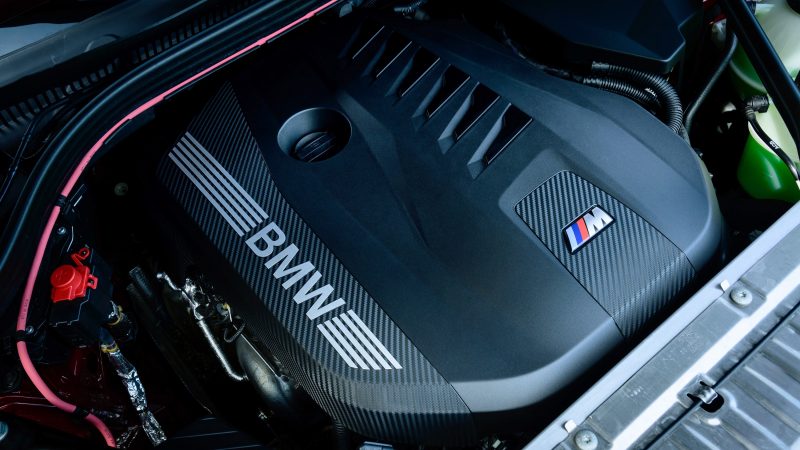
The new X3 is accompanied by a range of engine choices and all gain some form of electrification. The car we’re driving is the range-topping M50 version, which utilises a 3.0-litre turbocharged straight-six engine which, with its 376bhp, is one of the most powerful engines of its type ever created by BMW. Linked to a 48-volt mild-hybrid system and xDrive all-wheel-drive, the X3 M50 will nail the 0-60mph dash in 4.4 seconds and head onwards to a top speed of 155mph.
However, because of that electrification it’s a little more economical than you may think. You should be able to manage around 30.5mpg on a longer run, in fact, though drive in a keener fashion and that figure will tumble quickly.
What’s it like to drive?
Been out driving some new BMW models this week. Here’s the new X3, in speedy M50 spec. Thoughts on the colour? I’m a fan. pic.twitter.com/Ga0OtHK6mr
— Jack Evans (@jackrober) September 17, 2024
In M50 specification the X3 really is a car with two characters. On the one hand, with all of its settings dialled back it remains composed and quiet, with a smooth-shifting engine that falls away into the background to create a car that’ll happily chew away at the miles during those long-distance trips. The steering is very light, mind you, and though this does take away some of the sportier feeling of this M50, it makes the X3 a breeze to pilot around town.
However, switch into one of the car’s sportier modes and it’s a far different thing. There’s a noticeable increase in exhaust sound – some of it genuine, most of it piped in through the speakers – and the acceleration becomes even sharper. To drive quickly, the X3 M50 remains balanced and focused, staying level through corners but bringing a level of agility that you wouldn’t usually associate with a car in this segment.
How does it look?
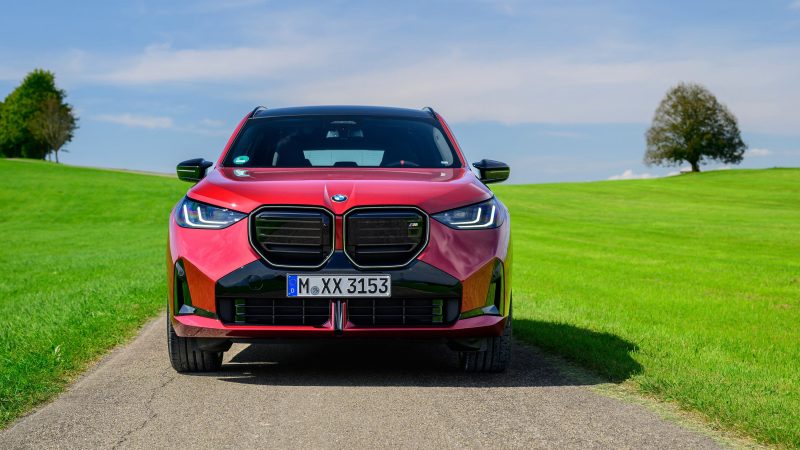
The whole exterior of the X3 is far more bubble-like than before. Much of this comes from a greater emphasis on aerodynamic efficiency, making this BMW more slippery through the air. You’ll find loads of neat touches dotted across the exterior of the car, too, from the flush-fitting door handles to the roofline which extends right the way back and fully into the rear of the car.
You’ve got a decent spread of colours to choose from, too, with the deep red on ‘our’ test car looking particularly classy in the metal.
What’s it like inside?

It’s something of a mixed bag inside the X3. On the one hand, there are many good materials used throughout and it’s all put together well. However, contrasting those nicer materials are some pretty nasty ones, which are cheap-feeling plastics used lower down the cabin and along the underneath of the main screen. That latter area is a particularly bad place to find this, as it’s a point you’ll frequently interact with when operating the main display. The light bar running around the cupholders and under the main infotainment screen will no doubt divide opinion, too, though its colour-changing nature is quite impressive when you first use it.
Space-wise, things are good though. Those in the rear of the X3 get plenty of head and legroom, while the amount of foot room underneath the front seats is particularly useful. As we’ve touched upon, boot space is good, too, and there’s an incredibly easy-to-use parcel shelf which simply clicks into place and has its own storage area underneath the boot floor for when it isn’t in use.
What’s the spec like?
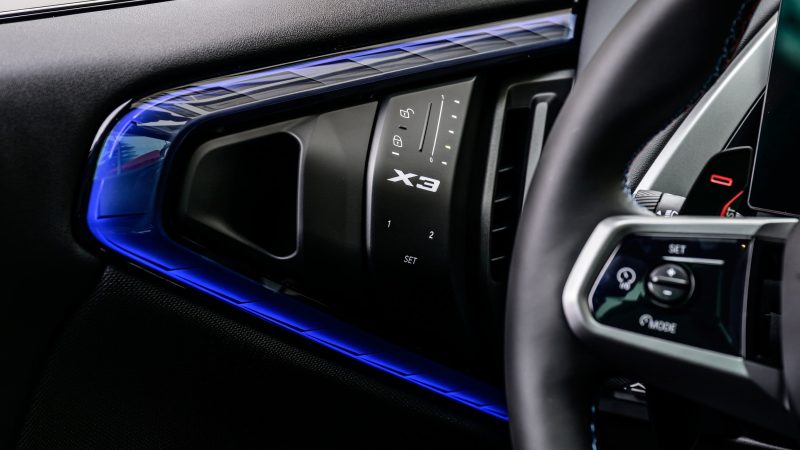
That main screen is one of the most noticeable inclusions on the new X3. Like other modern BMW models, it’s a wraparound type setup that combines a 12.3-inch information display and a 14.9-inch digital dashboard to create an impressive, near-seamless section of glass. Fortunately, it’s easy to use and is packed full of features, though it might be nice to have a few physical shortcuts as switching between different apps can be a little cumbersome at times.
On this range-topping M50 you’re getting all of the major bells and whistles, too, including large bucket seats and carbon fibre shifting paddles behind the steering wheel. However, all cars benefit from heated seats and three-zone climate control as standard, as well as acoustic glazing which helps to keep the X3’s cabin as hushed as can be.
Verdict
The new X3 has improved its game in many key areas. It’s just as dynamic to drive as its predecessor – particularly in this ‘hotter’ M50 version – and thanks to a growth spurt it’s now even more practical, which will make it a great choice for families and those who need some added practicality. There’s plenty of tech on-board too and the engine range is expansive enough to bring something for all types of drivers.
While some of the interior materials are a let-down, this remains – overall – a premium-feeling SUV which is backed by some very surprising driving dynamics which make it a lot more fun to drive than you might expect.
Facts at a glance
- Model as tested: BMW X3 M50
- Price as tested: £66,980
- Engine: 3.0-litre turbocharged petrol
- Power: 376bhp
- Torque: 580Nm
- 0-60mph: 4.4 seconds
- Top speed: 155mph
- MPG: 30.5mpg
- CO2 emissions: 175-189g/km


